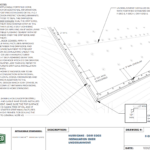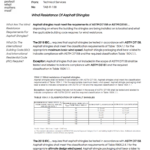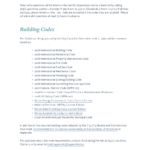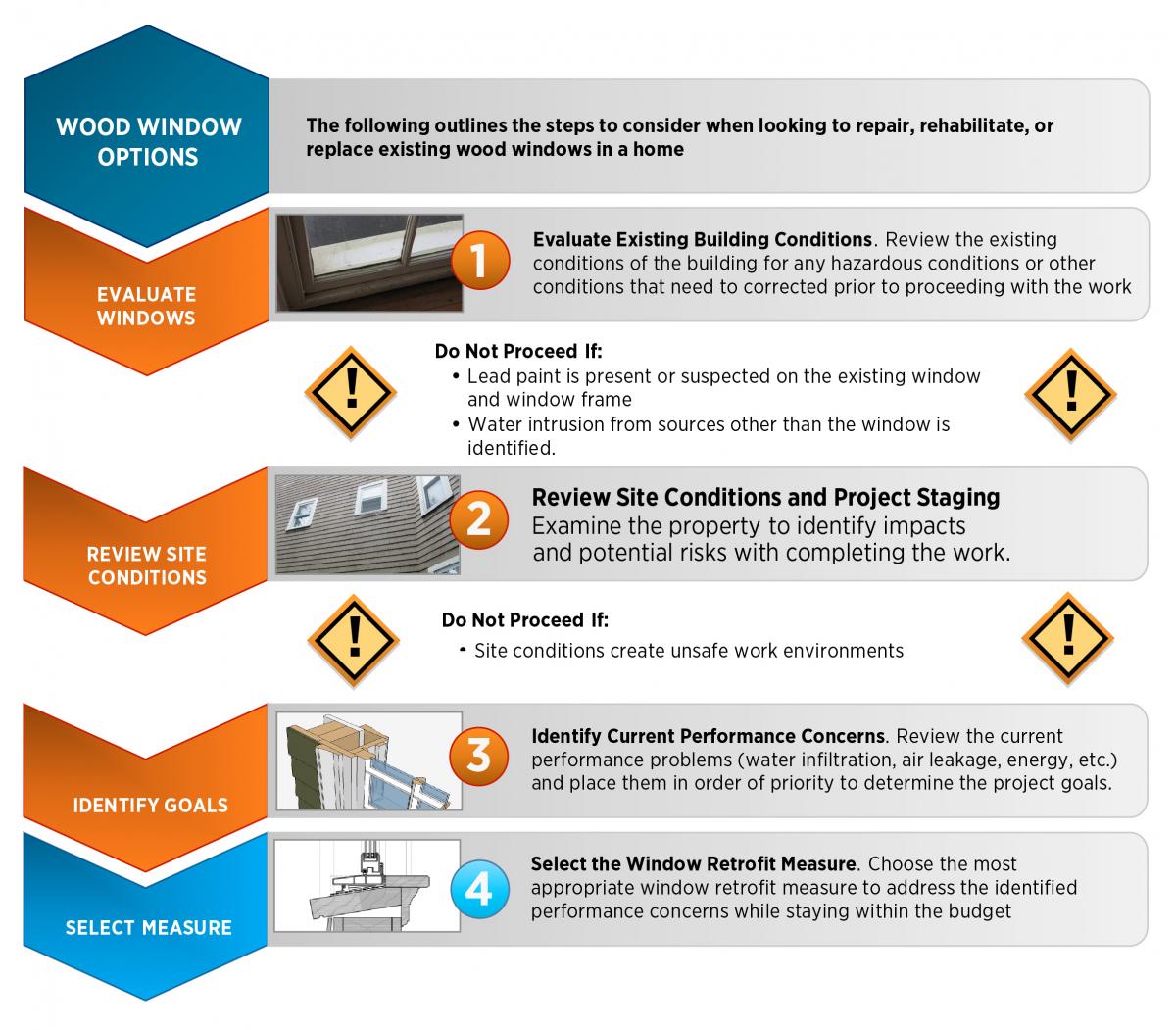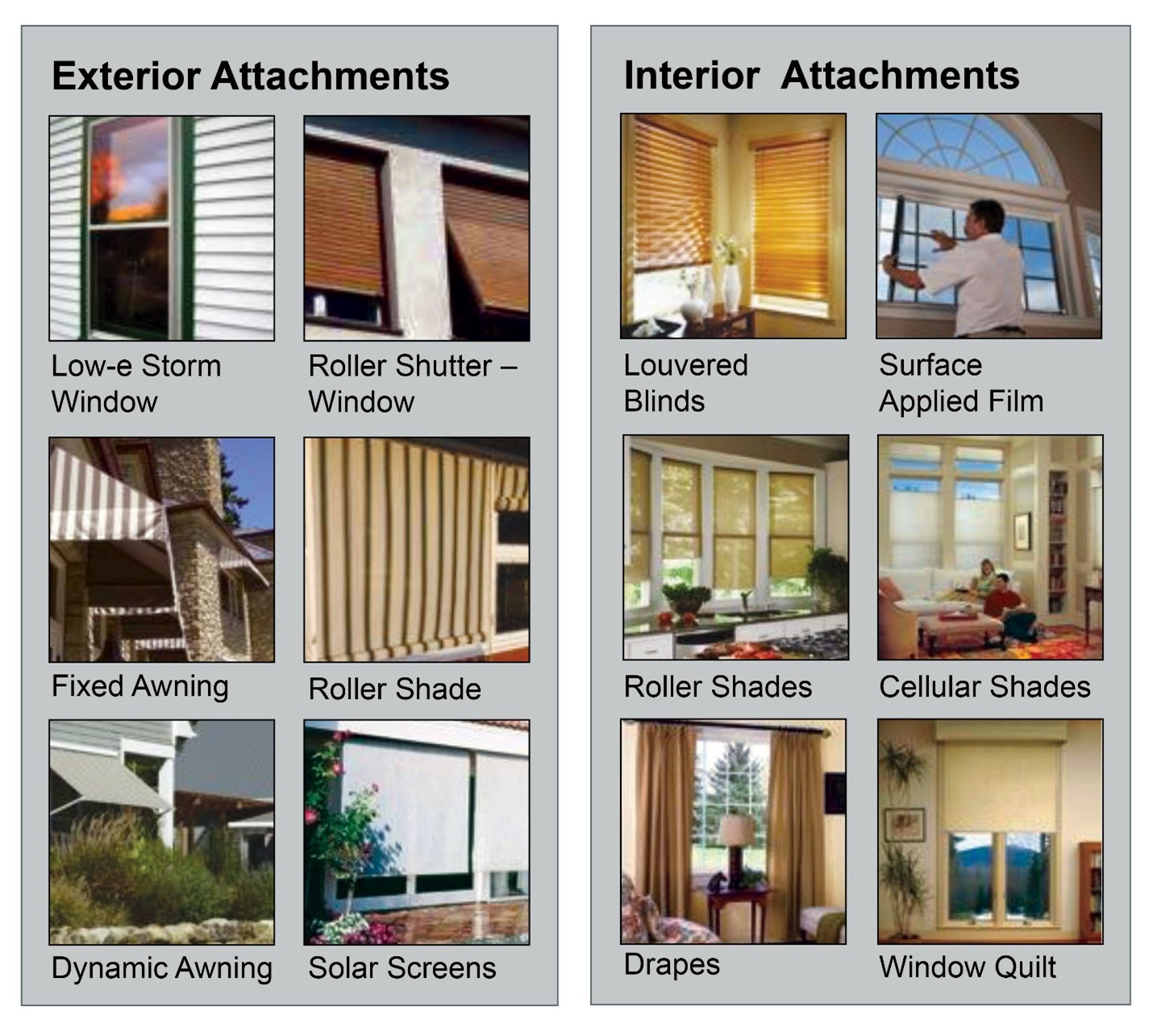Before beginning the replacement window installation, inspect the interior and exterior of the building, including each window, to identify impacts and potential risks with completing the work. Diagnose water and air infiltration pathways and choose strategies most appropriate to address each leak.
Window Replacement Steps
- Remove Existing Window Sash:
- Carefully remove the existing window sash.
- Remove Sash-Weight and Balance System:
- Remove the existing sash-weight and balance system.
- Air seal and insulate the cavity.
- Prepare the Existing Window Frame:
- Treat the existing wood window frame as the new window rough opening.
- Clean the frame, removing any dirt and loose paint.
- Remove parting beads and interior stops.
- Remove weight pocket pulleys and fill the openings.
- Seal all corners between head, jambs, sill, and exterior casings with caulking.
- Coat the rough opening on all sides with a liquid applied waterproof membrane.
- Insulate and Seal:
- Insulate and seal all voids and cracks between the replacement window assembly and the original window jambs, sill, and head.
- Install the Window Insert:
- Follow the manufacturer’s instructions for installing the replacement window insert.
- Additional Considerations:
- Build out the casing to cover large gaps between the casing and the new insert.
Ensuring Success
- Identifying Risks:
- Review conditions of the building systems, including lead and other hazardous materials, site conditions, water infiltration concerns, deteriorated materials, and user comfort concerns.
- Ensure contractor/homeowner safety, especially if work is done at height.
- Identification of Water Infiltration Concerns:
- Understand potential water infiltration pathways.
- Identify current water leakage problems.
- Monitor questionable areas to prevent false diagnoses.
- Address water infiltration problems before or in conjunction with window retrofit work.
- Identification of Deteriorated or Damaged Materials:
- Replace damaged materials, especially critical elements like window sills, window frames, and casings.
- Identification of User Comfort Concerns:
- Evaluate comfort concerns related to window air leakage and radiation effects.
- Consider measures to improve interior surface temperature and reduce radiant heat transfer.
- Insert Replacement Window:
- Consider inserting a replacement window in the existing wood window frame.
- Benefits include speed of installation, low disruption, and adjustment ability.
- Note that this approach is not reversible and may affect the appearance of the building.
Compliance with Window Replacement Codes and Standards
Ensuring compliance with applicable codes and standards is crucial when undertaking window replacement projects. This section provides an overview of the key requirements from various codes and standards, with a focus on the International Energy Conservation Code (IECC), International Residential Code (IRC), and ASTM E-2112-07.
IECC and IRC Window U-Factor Requirements (2009-2021)
The IECC and IRC outline specific U-Factor and Solar Heat Gain Coefficient (SHGC) requirements for fenestration (windows) and skylights in new homes. These requirements are essential for energy efficiency and thermal performance. Please refer to the respective code editions for detailed U-Factor and SHGC values.
IECC Compliance (2009-2021)
The IECC sets standards for energy conservation in buildings. For window replacement projects, the following key points should be considered:
- When multiple replacement fenestration units are installed, calculate an area-weighted average of the U-factor, SHGC, or both for compliance purposes.
- Retrofit projects must conform to the provisions of the IECC, ensuring that additions, alterations, renovations, or repairs meet the code requirements. Exceptions and additional requirements may apply, so consult the code for details.
- Chapter 5 of the IECC specifically addresses alterations, repairs, additions, and changes of occupancy in existing buildings and structures.
IRC Compliance (2009-2021)
The IRC focuses on residential building codes. For window replacement in residential settings, the following aspects should be considered:
- Building envelope alterations, including window replacements, must meet the required U-factor and SHGC values. When multiple replacement fenestration units are involved, calculate an area-weighted average of the U-factor, SHGC, or both for compliance.
- Replacement windows, including sash and glazing, must meet Chapter 11 requirements.
- Minor reductions in the clear opening dimensions of replacement doors and windows resulting from using different materials are allowed, but compliance with other relevant requirements is essential.
ASTM E-2112-07
The ASTM E-2112-07 standard provides guidelines for the installation of exterior windows, doors, and skylights in both new and existing construction. This standard covers the entire installation process, from pre-installation preparation to post-installation procedures. It is a valuable resource for ensuring proper fenestration product installation and performance.
In summary, compliance with window replacement codes and standards is critical to meet energy efficiency and safety requirements. Careful consideration of U-Factor, SHGC, and other specifications is essential, especially when multiple replacement units are involved. Additionally, adhering to installation guidelines, such as ASTM E-2112-07, ensures that the replacement windows function as intended and contribute to the overall performance of the building.
For immediate service or consultation, you may contact us at Allied Emergency Services, INC.
Contact Information:
- Phone: 1-800-792-0212
- Email: Info@AlliedEmergencyServices.com
- Location: Serving Illinois, Wisconsin, and Indiana with a focus on the greater Chicago area.
If you require immediate assistance or have specific questions, our human support is readily available to help you.
Disclaimer: This article is intended for informational purposes only. For professional advice, consult experts in the field.
